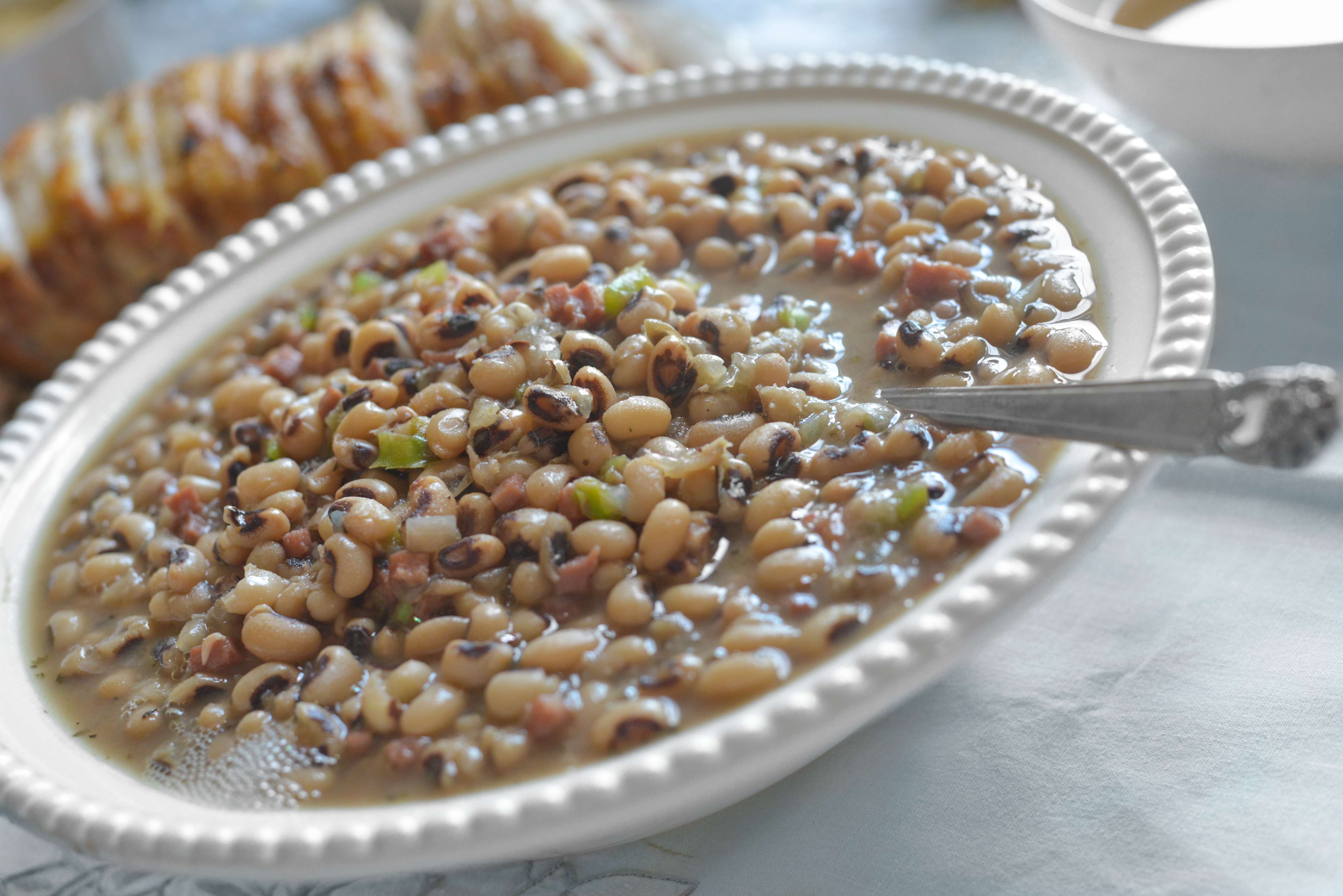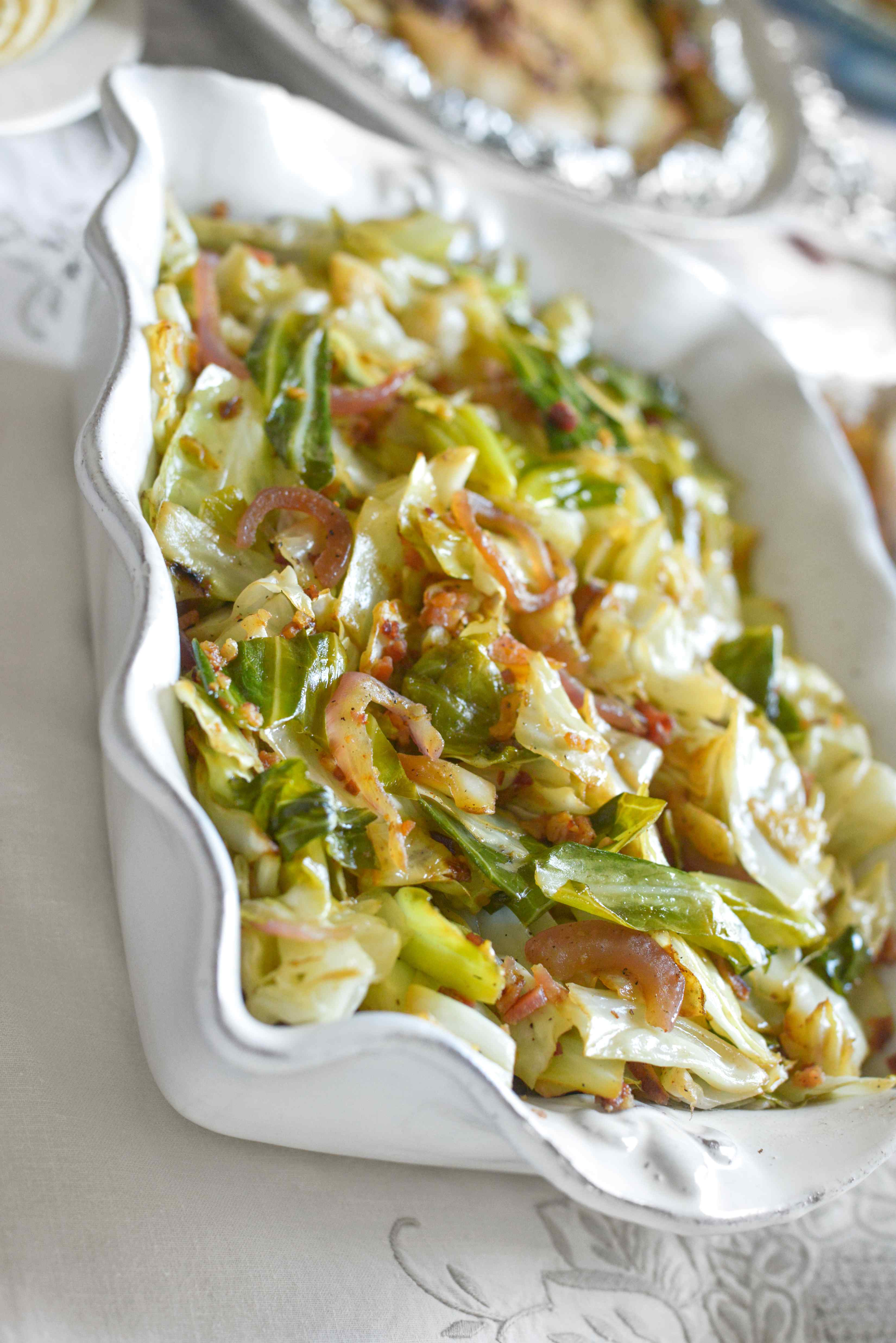A Healthy, Wealthy, Happy, and Lucky New Years Day Menu
|
Kiss your significant other on the stroke of midnight, otherwise, risk a year of bickering. Start the year off with a full pantry and make sure you have lots of money in your wallet to ensure plenty and prosperity. Make sure the first person to cross your threshold in the new year is a tall, dark, handsome male, ideally bearing small gifts such as bread, salt, coal, and silver; make sure he leaves by a different door. Accomplish some small task related to your work — not too much, though, because overworking on New Year’s Day is very unlucky. |
|
|
(I wonder what college football coaches with bowl games to win are to do?) Neither borrow money nor pay off debts on New Year’s Day. Wear at least one item of new clothing. Don’t break anything. And everyone knows that anyone born on January 1 is sure to have uncommon good luck for his or her lifetime.
New Year’s Day traditions vary all over the world, but health, wealth or prosperity, and luck are universal themes. And of course, here in the South, food plays a large role. You’ll find black-eyed peas in one form or another on New Year’s Day menus all over the South. The legume first came to our shores in the mid- to late 1700s with the slave trade; they were domesticated in Africa more than 5,000 years ago. Like most legumes, they are a good, inexpensive source of protein and have been an important source of sustenance for many cultures around the world.
Some say the tradition of black-eyed peas for luck began here on January 1, 1863, the day the Emancipation Proclamation went into effect; former slaves were so poor, black-eyed peas were all they had to eat to mark their first day of freedom, and the practice became the norm.
Another tie to that time in our history is the thought that the peas bring luck because Union soldiers, when burning and pillaging the South during the Civil War, left the peas in the fields because they were considered fit only for livestock. Because of this, many Southerners avoided starvation, including the citizens of Vicksburg while the city was under siege. Some people place a coin under each diner’s bowl of black-eyed peas, believing that action boosts the luck. Others put a coin in the pot of peas; the person who gets the coin will have extra good luck. Black-eyed peas are said to represent wealth because they resemble coins, and swell up when cooked, representing growth, plenty, and prosperity. The same is said of grains of rice — usually served with black-eyed peas — because of the abundance of grains of rice in a serving, and again, because the grain swells in size while cooking. Greens of some sort are always on a traditional Southern New Year’s Day table. Collards, cabbage, turnips, and mustard greens are all fall crops and so are readily available. They are said to represent folding money — you should expect $1,000 in return for every bite of greens you eat on New Year’s Day! They are high in nutritional value, contributing to our good health.
Green is also a color symbolic of hope and growth. Corn bread is eaten with the greens and peas — the golden color symbolizes gold coins, and it rises as it bakes, both good signs for increasing wealth. Pigs were first introduced into the southeastern United States by early Spanish explorers and have long been a staple in Southern cuisine. Many of the early settlers came to the region in pursuit of large land grants. In fact, the land my mother passed down to me and my siblings can be traced back through her father’s family to one of these grants given in 1803. The entire region was heavily forested, and it took intense labor to clear tiny patches, making it too valuable to use as pasture or grazing land for livestock. Pigs could easily forage food from the forest floor, leaving the cleared land for crop cultivation. Pork on the New Year’s Day table is symbolic of health and prosperity. A family could eat all winter on the flesh harvested and preserved from one large hog, and the fatty meat provided much-needed calories during lean times and long, cold winters. Pigs forage by rooting forward, symbolizing progress and momentum. (Chickens, on the other hand, scratch backward when foraging, and should be avoided at all costs on New Year’s Day; cows eat while standing still and should also be avoided unless you’re averse to change.) Pigs quite literally can’t look back —t hey have to turn around to see what’s behind them — so they represent forward-looking, forward thinking, positive momentum. It is said that the more one “eats like a pig” on New Year’s Day, the fatter one’s wallet will be by the end of the year, so eat up. You can always diet on January 2. ◆ |
Click for Black-Eyed Pea Recipe
|
|
Click for Bacon-Smothered Cabbage Recipe |
|
|
Click for Collard Greens Recipe |
|
|
Click for Jambalaya-Stuffed Pork Recipe |
|
 |
|











